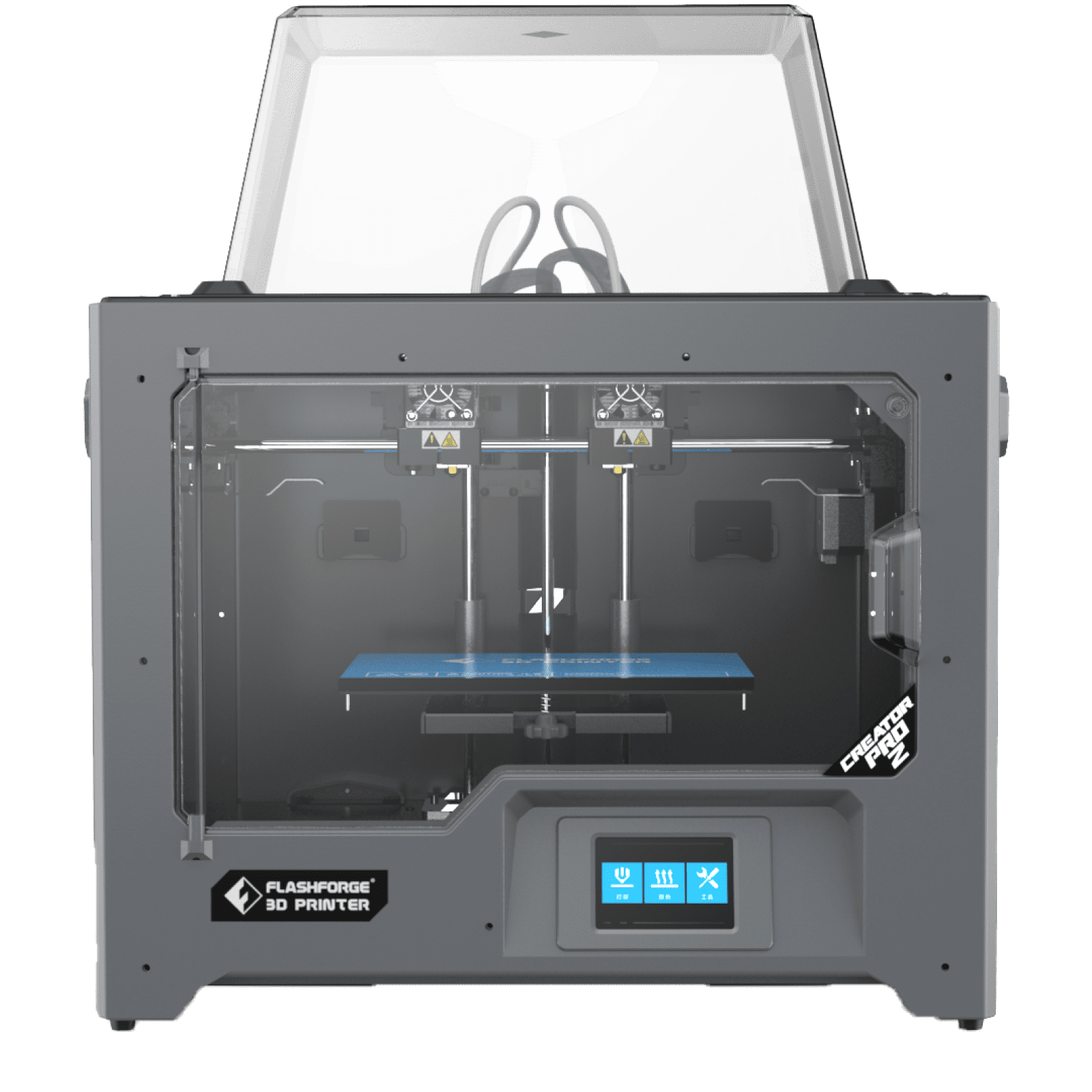3D printing, also known as additive manufacturing, is a process that involves creating three-dimensional objects by adding successive layers of material. 3D printing has revolutionized the manufacturing industry, producing complex and intricate designs that would be difficult to achieve using traditional manufacturing techniques.

One of the critical components of the 3D printing process is the 3D printing file, which serves as the blueprint for the final product.
In this article, we will discuss in detail what 3D printing files are, the various types of 3D printing files, and how to create and use them.
What Are 3D printing files?
A 3D printing file, also known as a 3D model or a CAD file, is a digital representation of a three-dimensional object. The file contains all the necessary information required to produce the final product using a 3D Printer. The 3D printing file typically includes the geometry, shape, size, and color of the object to be printed.
How do 3D printing files Work?
The process of creating a 3D printing file starts with the design of the object in 3D modeling software. The software allows the user to create a virtual representation of the object, complete with all its details and specifications.
Once the design is complete, the file is exported in one of the many file formats used in 3D printing, such as STL (STereoLithography), OBJ (Object), or AMF (Additive Manufacturing File Format). These formats are designed to provide the necessary information about the object's geometry and structure to the 3D Printer. But, to do so, always choose the best quality 3D Printers and 3D printing accessories.
When the file is loaded into the 3D Printer, the 3D Printer uses the information contained in the file to print the object. The 3D Printer reads the file layer by layer and builds the object by extruding material onto the build plate in a specific pattern.
What Are the Different Types of 3D printing files?
There are several types of 3D printing files, each with its advantages and disadvantages. The most common types of 3D printing files are STL, OBJ, AMF, and 3MF.

· STL File Format
STL (STereoLithography) is the most widely used file format for 3D printing. 3D Systems pioneered the 3D printing industry and created the STL file format. The STL file format represents 3D objects using a mesh of triangles. The file contains information about the coordinates of each vertex of the triangles and the normal vectors that determine the orientation of the surface.
One of the main advantages of the STL file format is its simplicity. The file format is easy to use and compatible with almost all 3D printing software and hardware. However, the STL file format has some limitations. For example, the file format cannot represent color or texture information or handle complex geometries.
· OBJ File Format
The OBJ file format is another popular 3D printing file format. Wavefront Technologies created the OBJ file format, widely used in the entertainment industry to create 3D models for movies and video games. The OBJ file format represents 3D objects using a mesh of triangles, similar to the STL file format.
One of the advantages of the OBJ file format is that it can handle complex geometries and can represent color and texture information. However, the STL file format is less commonly used in the 3D printing industry than the OBJ file format.
· AMF File Format
The Additive Manufacturing File Format (AMF) is a newer format designed specifically for 3D printing. The AMF file format was created to overcome the limitations of the STL file format, such as the inability to represent color and texture information and the inability to handle complex geometries.
The AMF file format represents 3D objects using a combination of triangles, curves, and surfaces. The file format can represent color and texture information and can handle complex geometries. However, the AMF file format is less widely used than the STL file format and may only be compatible with some 3D printing software and hardware.
· 3MF File Format
Another file format used in 3D printing is the 3MF (3D Manufacturing Format) file format. 3MF was created by the 3MF Consortium, a group of companies including Microsoft, Autodesk, and HP, to address some of the limitations of existing file formats.
3MF files are designed to be more robust and reliable than other formats, with built-in support for color, materials, and texture mapping feaftures. The format can also represent multiple objects in a single file, making it easier to manage complex print jobs.
One of the key benefits of 3MF is that it can include information about the 3D Printer and material used to create the object. 3D Printers can use this information to optimize printing and ensure the best possible print quality.
Overall, the 3MF format is still relatively new and has yet to be widely adopted. However, it can become a major player in the 3D printing world, particularly as more companies support the format.

3D Printing Files: In a Nutshell
In conclusion, 3D printing files are the digital blueprints used to create physical objects using a 3D Printer. These files contain all the necessary information about an object's geometry, structure, and texture and provide instructions to the 3D Printer on how to build the object layer by layer.
Several types of 3D printing files are available, each with its advantages and disadvantages. The most widely used formats are STL and OBJ, while the newer 3MF format shows promise for the future of 3D printing.
Understanding the different types of 3D printing files and how they work is essential for anyone looking to get into 3D printing. By choosing the right file format for their needs, designers and engineers can create high-quality, accurate 3D prints that meet their specifications and requirements.
If you are looking for the best 3D printing services, get in touch with FlashForge today!








































































































































































































